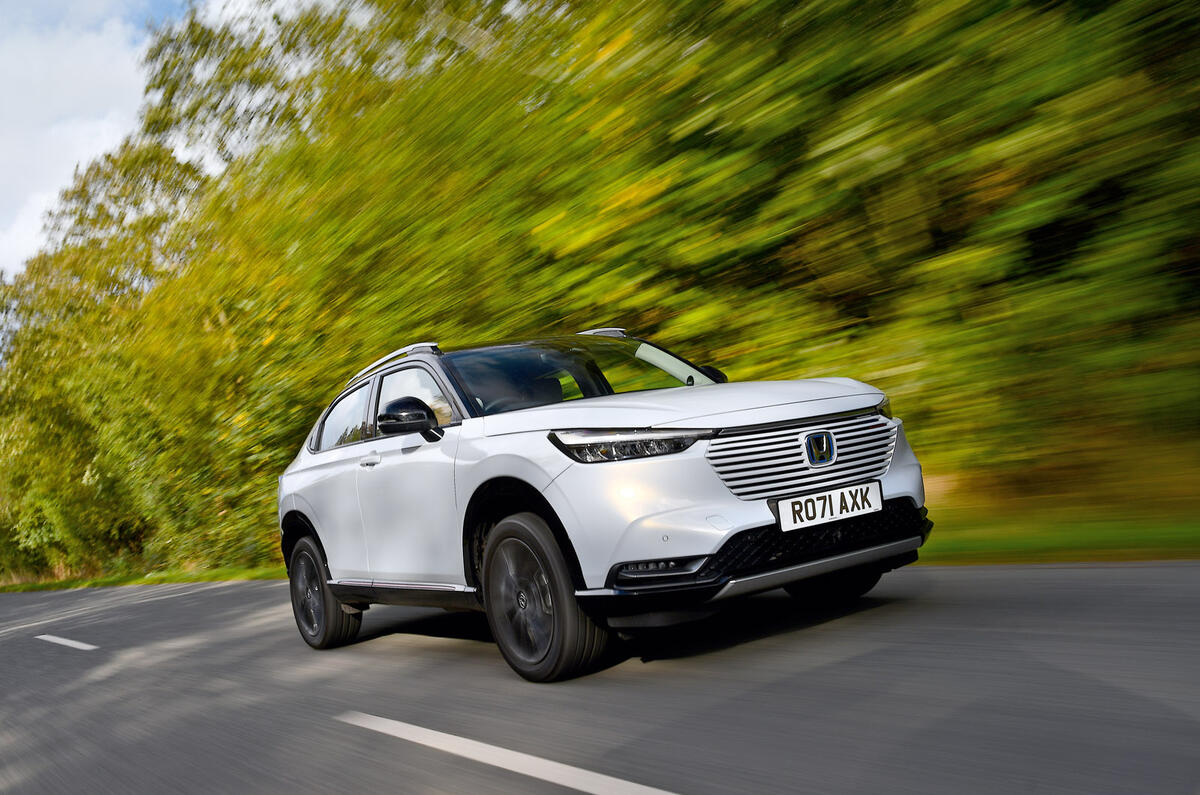What of Honda, once found manufacturing in Swindon, selling more than 100,000 cars and offering a line-up as diverse as could be – from the Honda NSX, S2000 and Type R performance cars to the quirky Insight and Legend, the wilfully different Honda Civic and that quintessential head-over- heart purchase beloved by pensioners, the Honda Jazz?
From the heady heights of 2007, when it topped out in volume terms, skip to last year, when it registered a market share of around 1.6% and 26,000 cars (albeit amid a pandemic and a chip crisis) with just four mainstream models on sale. It reads like a spectacular collapse, last year put into yet sharper focus by the fact that even Mitsubishi outperformed it prior to shutting up shop. But while the volume and market share figures have tanked, Honda and its dealers have reached somewhere almost unknown when the charts were at their highest points: profit.




Add your comment